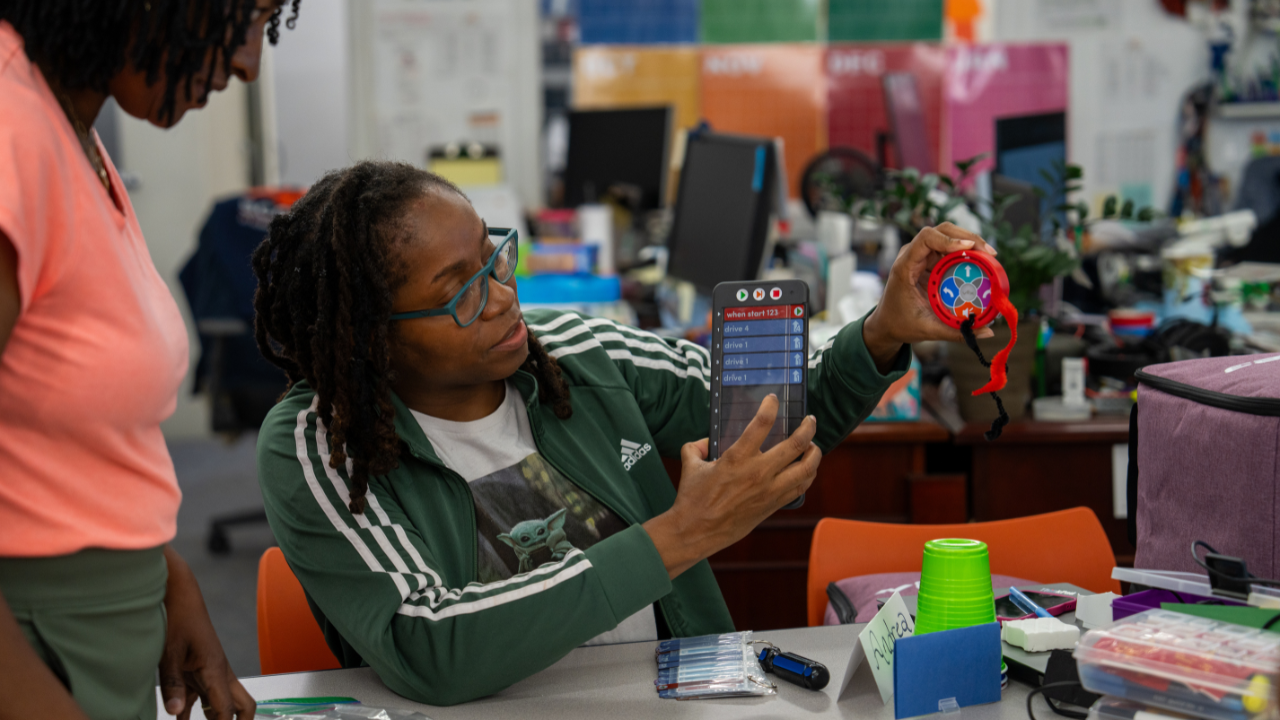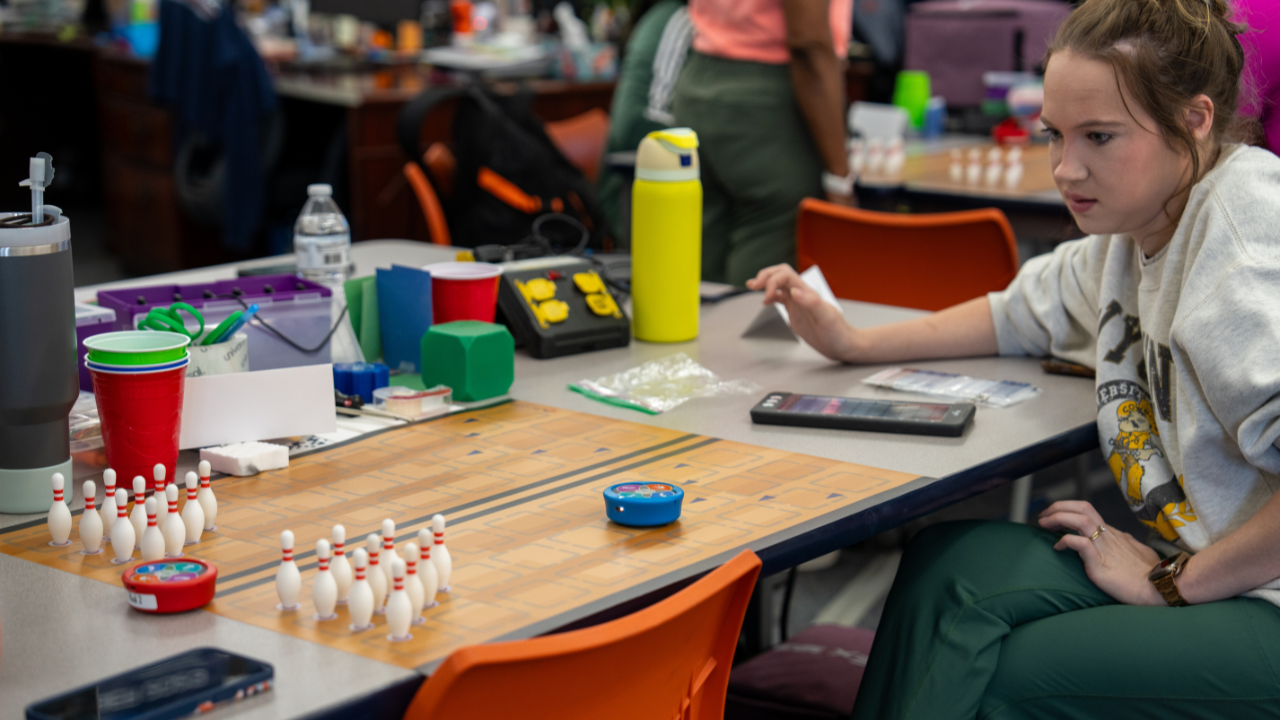content body
With robots, coding tiles and hands-on training, Auburn University’s College of Sciences and Mathematics (COSAM) is equipping Alabama’s early elementary teachers to bring computer science to life for their students, starting in kindergarten.
The program, called Code Explorers, was developed by the college’s Southeastern Center of Robotics Education (SCORE). It provides K-2 teachers with training and tools to integrate robotics and coding into core subjects like math and reading. Backed by funding from the Alabama Department of Education, the initiative supports the state’s digital literacy and computer science standards, which many schools have struggled to implement at lower grade levels.
“This is the first year of the program, and the response has been incredibly positive,” said Matthew Buckley, program administrator for SCORE. “We’ve always known that upper grades could meet these standards through engineering or computer classes, but younger students haven’t had the same access. This program changes that.”
Teachers participate in a three-day training that includes hands-on experience with a small robot called VEX 123, exposure to computer science principles and classroom-ready curriculum. They leave with more than $5,000 worth of materials including robotics kits and custom-designed activity mats.
For Andrea Baxter, a STEM and arts teacher in Pike County, the training offered a new perspective on how to reach her youngest learners.

Andrea Baxter, a STEM and arts teacher from Pike County, explores hands-on coding tools during Auburn’s Code Explorers training, part of COSAM's Southeastern Center of Robotics Education.
“We explored how to use robotics to support math, reading and science,” Baxter said. “We did a bowling activity with 3D-printed pins and used robots to knock them over. It’s part math lesson — if 10 pins are standing and seven fall, how many are left? But it’s also movement and discovery. It’s learning by doing.”
Baxter, who teaches pre-K through sixth grade, said the activities are engaging and accessible, even for students who may not have been exposed to similar experiences.
“Some of my younger students have never been bowling,” she said. “This gives them that context while also learning math or coding. They’re having fun, and they’re learning without even realizing it.”
Buckley said activities are designed to fit seamlessly into a school day and help teachers meet multiple standards at once.
“Schools are already focused on improving reading and math outcomes,” he said. “We’re not asking them to add more. We’re helping them meet those goals in new and engaging ways.”
The curriculum includes lessons on sequencing, pattern recognition and conditional logic — fundamental computer science concepts — taught through stories, games and physical coding tools.
“We have robots that can tell a story, follow a path through a town or simulate a Roomba cleaning a room,” Buckley said. “Students learn what a loop is or how to program an action but in a way that makes sense to a 5-year-old.”
The project has been years in the making. Buckley said SCORE worked closely with VEX Robotics and the Alabama Department of Education to tailor materials for early elementary classrooms. Initial trainings are taking place at Auburn and will expand to Troy University and the University of West Alabama in the coming weeks.
Eventually, Buckley said, the program will be open to schools statewide.
“We can support up to 72 teachers this year,” he said. “Each one of those teachers is reaching 20 to 30 students. That’s real impact.”
An external evaluator from the University of Alabama is helping SCORE measure outcomes with the goal of using data to sustain and expand the program, demonstrate its effectiveness to funders and stakeholders and identify areas for future growth.
“This kind of outreach is exactly what COSAM is here to do,” Buckley said. “We’re connecting research, innovation and education in a way that strengthens communities and prepares students for the future.”
For Baxter, the impact is immediate.
“It’s hands-on, it’s practical and it’s fun,” she said. “I can already see how I’ll use this in my classroom. And I know my students will love it.”





